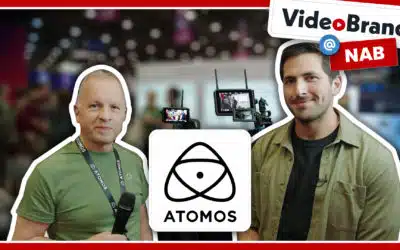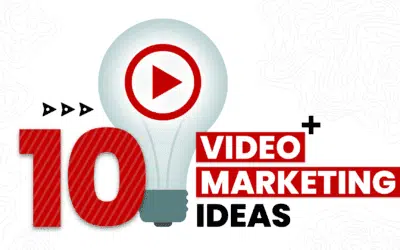I like presentations. Let me correct that. I like good presentations. People seem to have finally woken up and realize that good presenting requires a good story (and no bullet points).
Presentation Zen, both the book and blog, utilize the visual power PowerPoint/Keynote provide to make presentations better.
Of course you don’t have to be a Venture Capitalist to pick up a few useful tips. Here’s what a filmmaker can get from Garr Reynolds’ insight:
Planning Analog (45)
“As wonderful as digital technolog is, I don’t think anything is as quick, easy, and immediate as a simple pad and pencil, and nothing gives me sapce to jot down ideas quite like a massive whiteboard.” (47)
As pretty as a nicely formatted Word Notebook outline, or bubbl.us mindmap looks, a pad of graph paper (I like to draw in the boxes during blocks) and a Sharpie are my outlining tools. Bottom line: plan with pen and paper, post-its, or whiteboards. Not software.
What’s your point? Why Does it matter? (62)
Dakara Nani? So What?
“It may be cool, but is it important to further your story, or is it included only because it seems impressive to you (but few others)?”
Elevator Test
“You run into an executive in an elevator. Or your meeting is cancelled and he needs you to describe your project as you walk to his car. Can you get your message across in 30-45 seconds.”
What Makes Ideas Stick? (76)
- Simplicity
- Unexpectedness
- Concreteness
- Credibility
- Emotions
- Stories
Kanso, Shizen, Shibumi (107)
Kanso (Simplicity)
Shizen (Naturalness)
“Graphic desingers show restraint by including only what is necessary to communicate the particular message for the audeince. Restraint is hard. Complication and elaboration are easy…and are common.”





